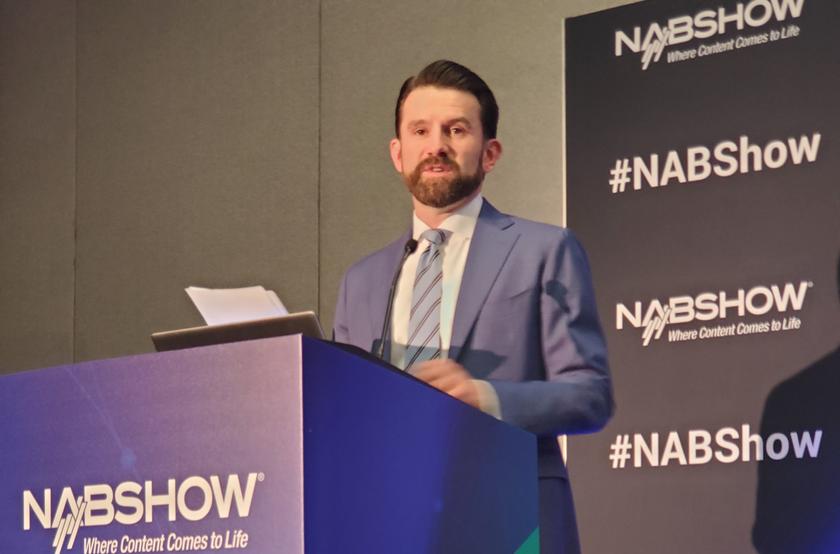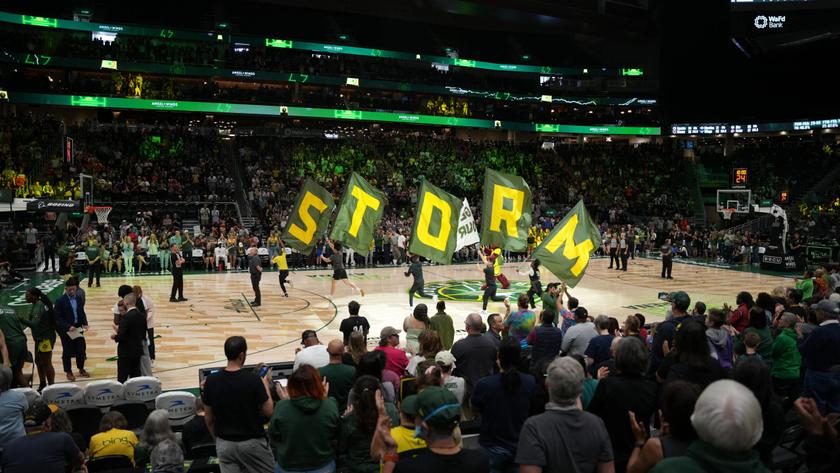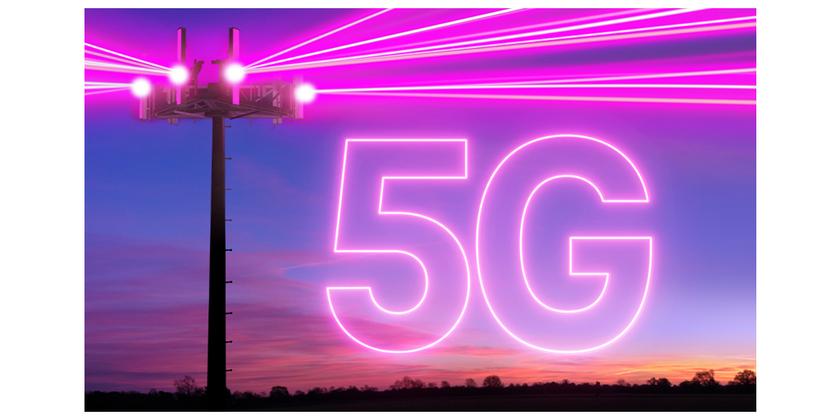126 MHz Cleared at $86 Billion
WASHINGTON—The first reverse stage of the TV spectrum incentive auction has concluded, with a clearing cost of $86,422,558,704. That’s according to the Federal Communications Commission’s Incentive Auction Dashboard. It will now be left to the wireless industry bidders to cover that amount, plus $1.75 billion to cover the broadcaster relocation fund as well as the administrative costs of holding the auction. Those bidders will participate in the forward auction, which likely will start toward the end of July, according a calculation made by B&C’s John Eggerton.
Wells Fargo Senior Analyst Marci Ryvicker noted that the $86 billion exceeded her firm’s expectations.
“This is way, way, way above what we had been expecting ($35 billion) and also way, way, way above what consultants had been saying ($50 billion to $60 billion),” she wrote in an email following the conclusion of the reverse auction. “What does this mean? Our quick take is that the broadcasters showed discipline—investors were fearful that this would be a race to the bottom and it clearly was not; rather, this was an orderly auction that came out with prices much higher than expected.”
The result creates a higher bar for the forward auction. If sufficient revenues are not raised in the forward auction, the entire process would have to start again with another reverse auction.
“This creates a challenge for the forward auction as we have struggled to see more than $30 billion being spent by the wireless companies. This clearly means, to us, that the entire incentive auction will run through multiple stages and could go into 2017 unless the FCC will pursue a quick forward process; i.e. allowing multiple—and when I say multiple, I mean multiple—rounds per day.”
Ryvicker said the $86 billion came out to $2.18 per MHz/pop, a measure the size of the population covered by the spectrum sold. On the buying side, it would have to reach $2.75 per MHz/pop to cover the $86 billion, the relocation fund and the auction admin costs. This also is due to only 100 MHz of the 126 MHz cleared being sold at the forward auction, because 26 MHz is being set aside for buffer zones.
“...We do not think these prices will hold as we go through subsequent rounds,” she said. “Let us reiterate this point one more time—we would not read into these prices for either the broadcasters or Dish; it will be the forward side of the auction that begins to tell us both what the broadcasters may receive, and the implied price of this 600MHz spectrum.”
The National Association of Broadcasters Executive Vice President of Communications Dennis Wharton released the following statement regarding the conclusion of the first reverse auction:
“Broadcasters have done our part; now it’s up to the wireless industry to demonstrate the demand is there for low-band TV spectrum.”
Get the TV Tech Newsletter
The professional video industry's #1 source for news, trends and product and tech information. Sign up below.
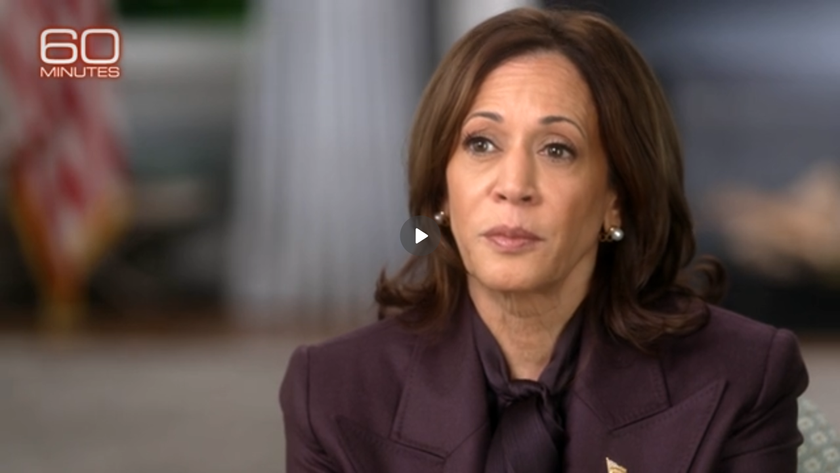
Former FCC Chairs Accuse FCC of Acting as the `White House’s Personal Censor’
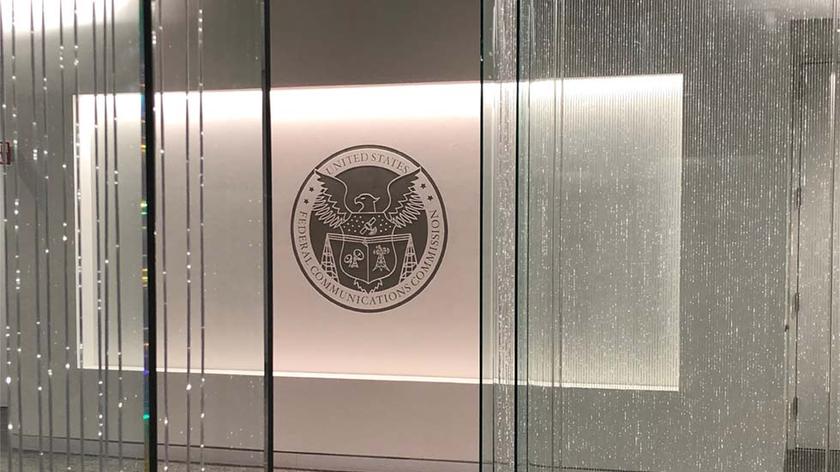
FCC Launches Proceeding on GPS Alternatives

